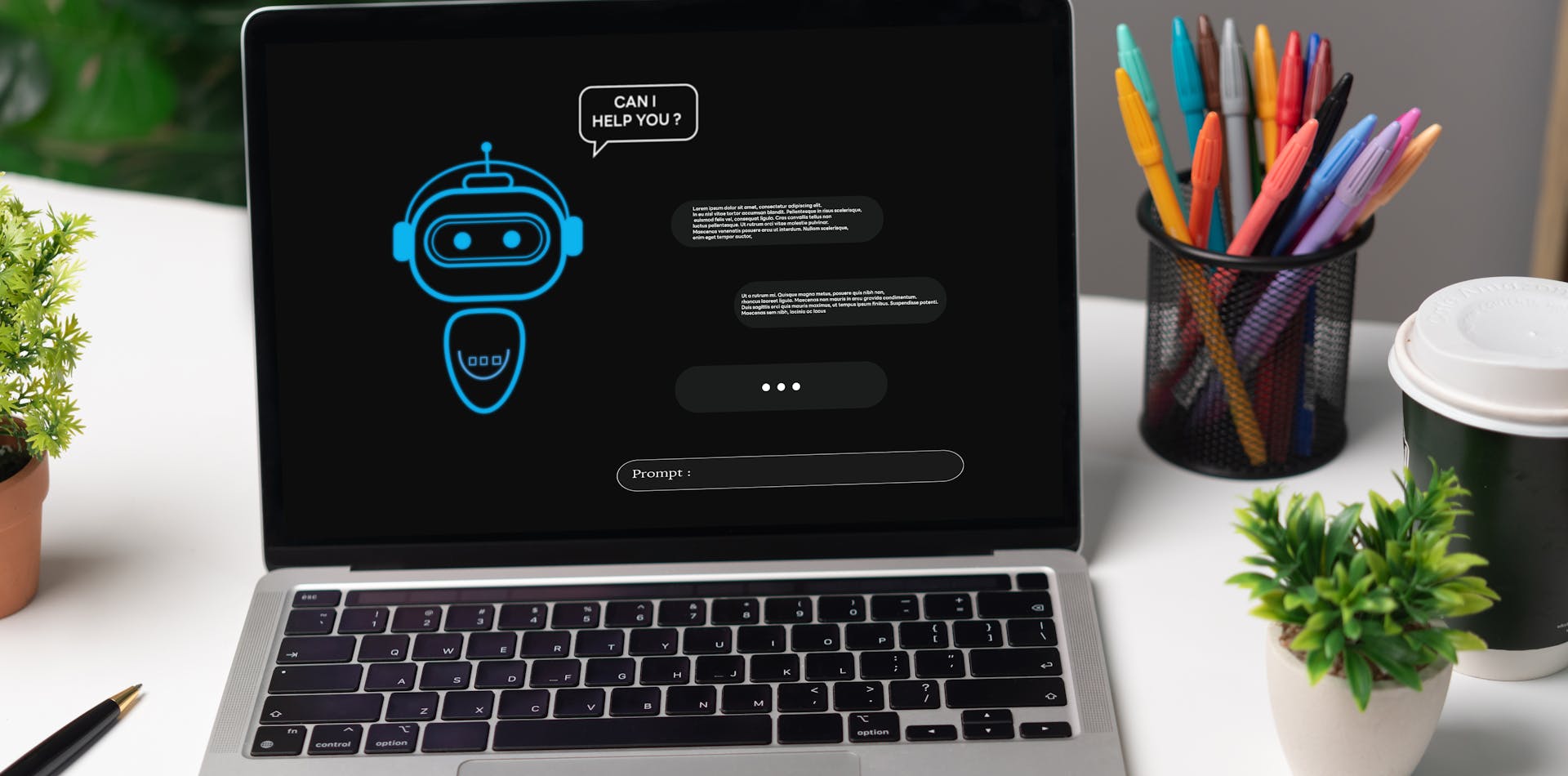How to Give Customers 24/7 Support with an AI Chatbot

Need help keeping up with customer demands for answers and information? An AI chatbot may be the solution.
Is your call center overwhelmed? Are you offering live chat on your site but can’t cover it 24/7? Have you tried a rule-driven chatbot in the past with underwhelming results? With the advent of ChatGPT and other powerful AI tools, an AI-driven chatbot may offer the solution you’ve been looking for.
If you're considering implementing an AI chatbot, here's a simplified guide to get you started.
Choose the right chatbot platform:
Ask whether the platform relies on AI or older rule-based systems to formulate its responses to customer questions. Also, can you customize the chatbot to align with your brand and customer needs? What analytics and reporting does it offer? Is it scalable to adapt to business growth? Does it offer multiple languages? Does it support an omnichannel customer experience? Will its pricing model fit your budget?
Make an implementation plan:
Implementing a chatbot takes around 4 to 12 weeks. Bots work best with 200 to 300 “knowledge articles,” i.e., a short one- or two-paragraph text that answers a frequently asked question or provides instructions for solving a common problem. Most customer chats fall within the same few topic areas, so you could plan an initial release with 100 or so knowledge articles and then add more later.
Collect data:
Begin by collecting past customer service interactions, including call logs and emails. This data becomes the training ground for the chatbot's AI. If you can, temporarily introduce a live chat feature on your site to collect more data from user interactions. Use text analysis tools like Voyant to identify frequently asked questions or common topics.
Clean up your data:
Preprocessing involves standardizing text, rectifying spelling errors, and ensuring personal information is anonymized.
Train the bot:
Now, train your AI model with this processed data. Every chatbot platform has distinct training tools, so some may automatically recognize words like "shipping," while others require manual input.
Test the bot:
Before going live, assess your chatbot’s accuracy, precision, and overall effectiveness, then refine your data and settings as needed.
Go live:
This will give you real-world feedback and analytics to determine if your chatbot is meeting the needs of your organization and your customers.
Monitor and refine after launch:
Continuously analyze your chatbot's performance, refining its responses and expanding its knowledge as needed.